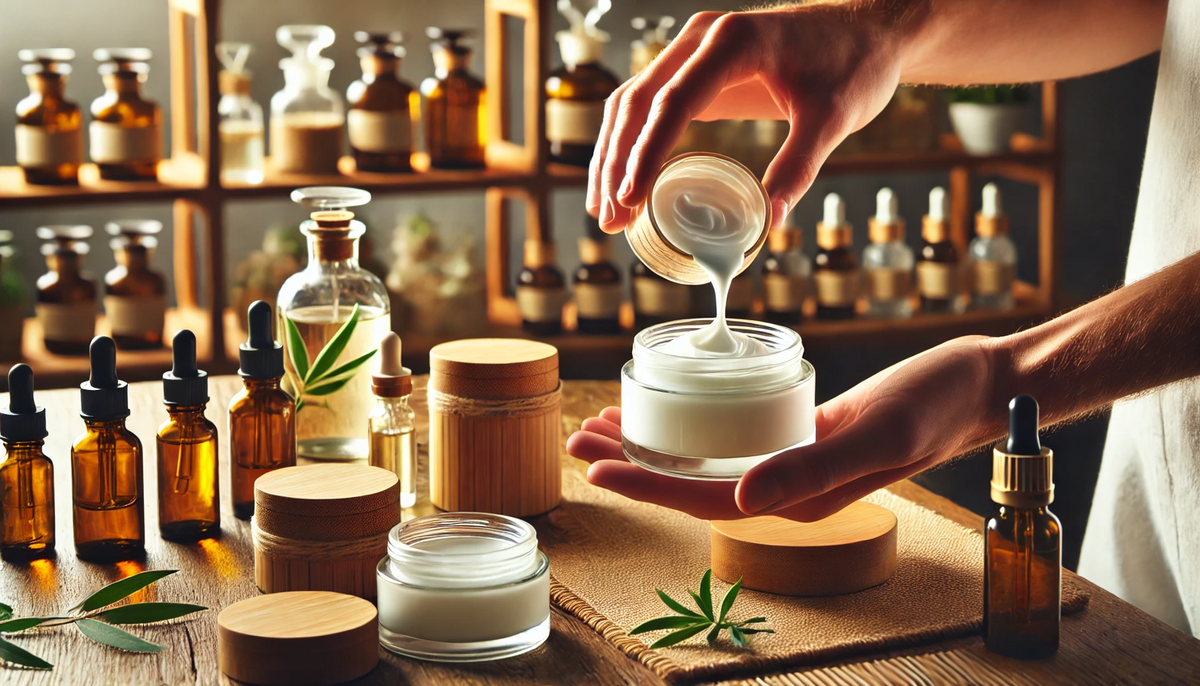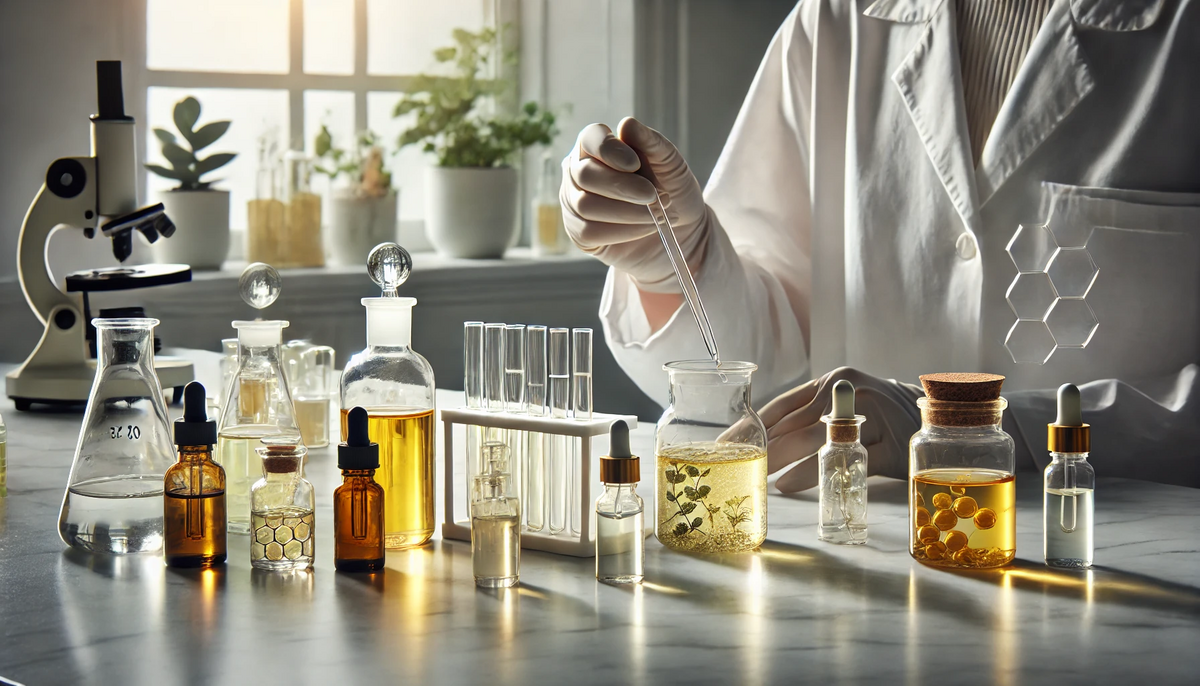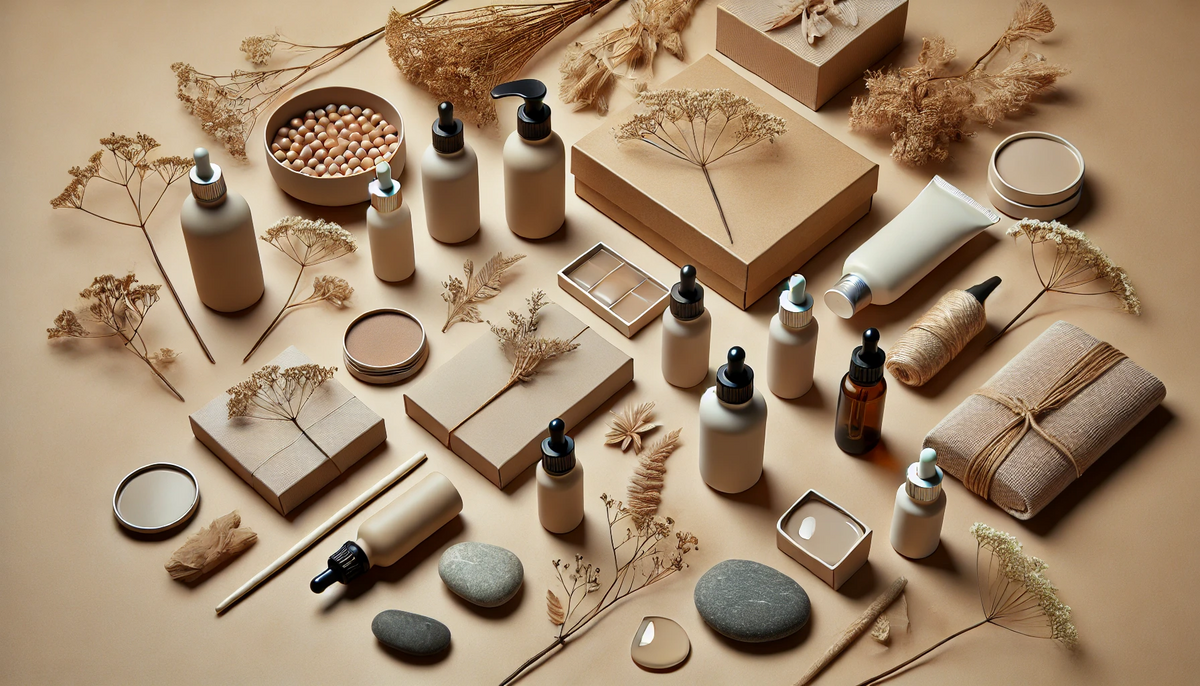
The CBD and hemp industries are booming, and cosmetics infused with these ingredients are becoming increasingly popular. If you're considering launching a CBD or hemp-based cosmetics line, you need to navigate a unique mix of cosmetic regulations and CBD-specific compliance. Here's a comprehensive guide to help you set up your business while staying on the right side of the law.
1. Legal Compliance: The Foundation of Your Business
General Cosmetic Regulations
In the UK and EU, all cosmetic products must adhere to Cosmetic Products Regulation (EC) No. 1223/2009. This regulation ensures that products are safe for use and properly labelled. You'll need to appoint a Responsible Person (RP) within the UK or EU to oversee compliance. Additionally, you'll need a Product Information File (PIF), which includes details such as product descriptions, safety assessments, and manufacturing methods.
CBD-Specific Regulations
CBD products have their own set of rules. Ensure the THC content in your cosmetic products is below 1 mg per container—the legal limit in the UK. While the Novel Foods Regulation applies to ingestible CBD products, cosmetics fall under separate guidelines, making compliance easier in this category.

2. Product Formulation: Combining Science and Beauty
Ingredient Safety
Your product must be free from substances listed in Annex II of the Cosmetic Products Regulation (prohibited substances) and must comply with any restrictions in Annex III.
Hemp Seed Oil vs. CBD
Know the difference between hemp seed oil and CBD. Hemp seed oil is derived from seeds and is a common cosmetic ingredient, while CBD is extracted from the leaves and flowers and requires additional documentation.
Microbiological Testing
Cosmetics must pass microbiological safety tests to ensure they’re free from harmful microorganisms.
3. Labelling Requirements: Communicating Clearly
INCI Labelling
List all ingredients using their International Nomenclature of Cosmetic Ingredients (INCI) names.
Claims
Avoid making medical or therapeutic claims like "treats eczema" or "heals acne." Instead, focus on cosmetic benefits such as "moisturises" or "soothes the skin."
Batch Codes
Include batch numbers on all packaging to allow for product traceability in case of recalls.

4. Safety Assessment: Ensuring Peace of Mind
Before launching your product, you’ll need a Cosmetic Product Safety Report (CPSR). This report includes toxicological profiles of ingredients, product stability data, and exposure evaluations to confirm the product's safety.
5. Good Manufacturing Practices (GMP)
Manufacture your products under ISO 22716 standards, which outline best practices for producing safe, high-quality cosmetics. Detailed records of your production process, from sourcing ingredients to final packaging, are essential.
6. Registration: Getting on the Market
Before selling in the UK, you must register your product with the UK Cosmetics Notification Portal (UKCPNP). For EU markets, use the Cosmetic Products Notification Portal (CPNP).
7. Marketing and Advertising: The Art of Selling
Be cautious with your language. Avoid medical claims that could reclassify your cosmetics as medicines, requiring MHRA approval. Instead, highlight features like sustainability, ethical sourcing, and the use of natural ingredients—major selling points for CBD and hemp cosmetics.

8. Packaging and Branding: First Impressions Matter
Use eco-friendly packaging to appeal to environmentally conscious consumers. Avoid cliché cannabis imagery like leaves, which may detract from your brand’s professionalism and limit your market reach.
9. Insurance: Protecting Your Business
Obtain product liability insurance to safeguard your business against claims related to allergic reactions, contamination, or adverse effects.
10. Supply Chain and Partnerships
Source high-quality CBD or hemp ingredients from reputable suppliers. Establish partnerships with accredited labs to carry out routine testing and ensure ongoing compliance.
11. Trends and Opportunities: Staying Ahead of the Curve
Popular CBD cosmetic products include serums, face oils, balms, and body lotions. Target wellness-focused consumers seeking natural, plant-based skincare solutions. Market research will help you identify gaps in the market and stay competitive.
Conclusion
Setting up a cosmetics business in the CBD and hemp sectors can be highly rewarding, but it requires careful planning and adherence to strict regulations. From ensuring product safety to crafting a compelling brand, every step is crucial to your success. By following this guide, you can confidently launch your cosmetics line and tap into the growing demand for CBD and hemp-based skincare.
Published 11th March 2025





